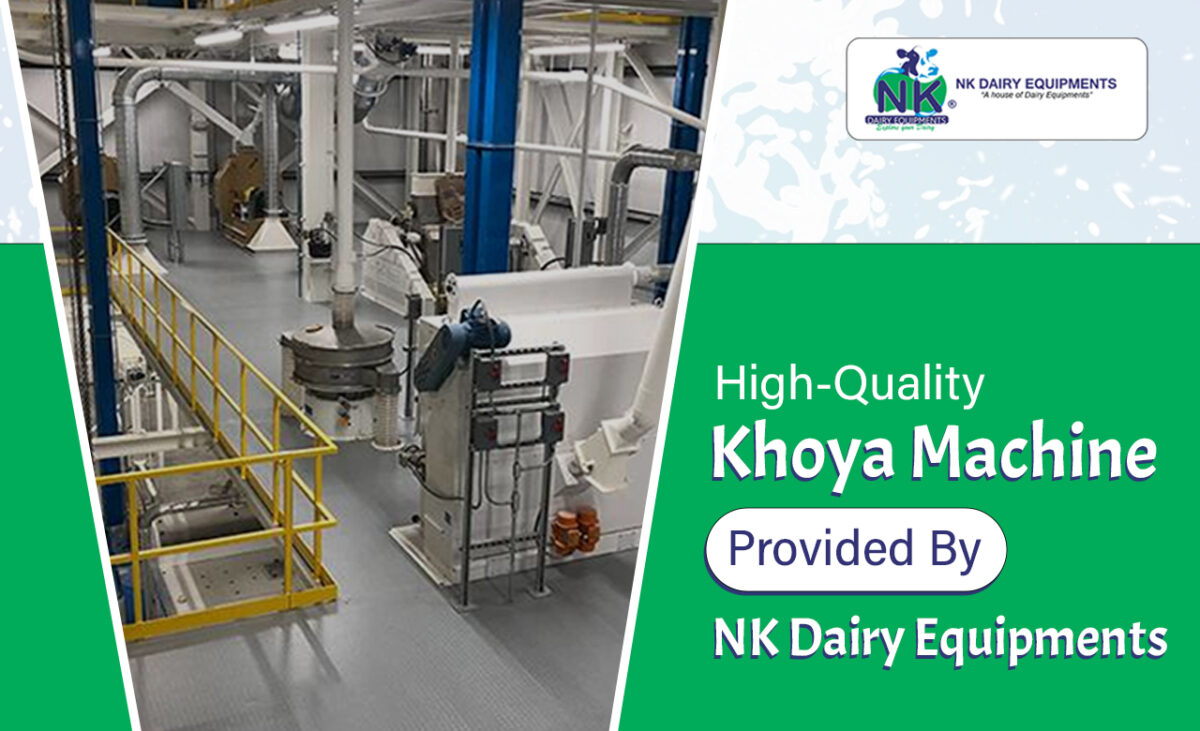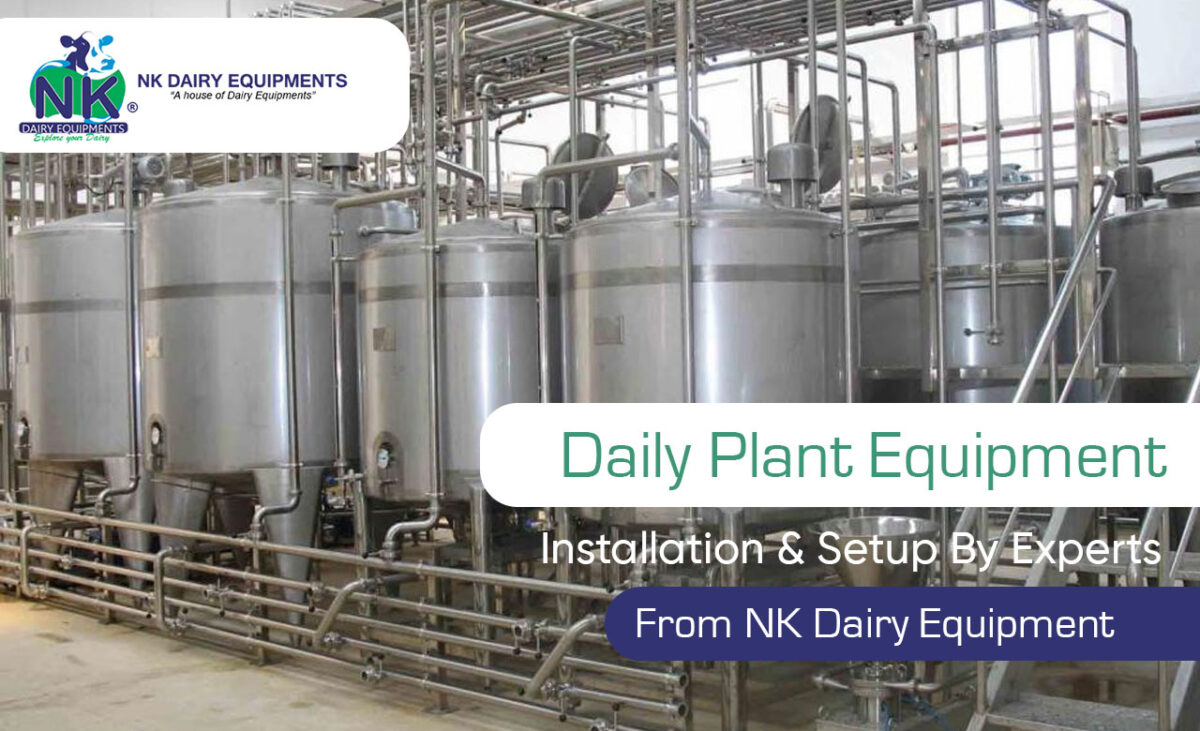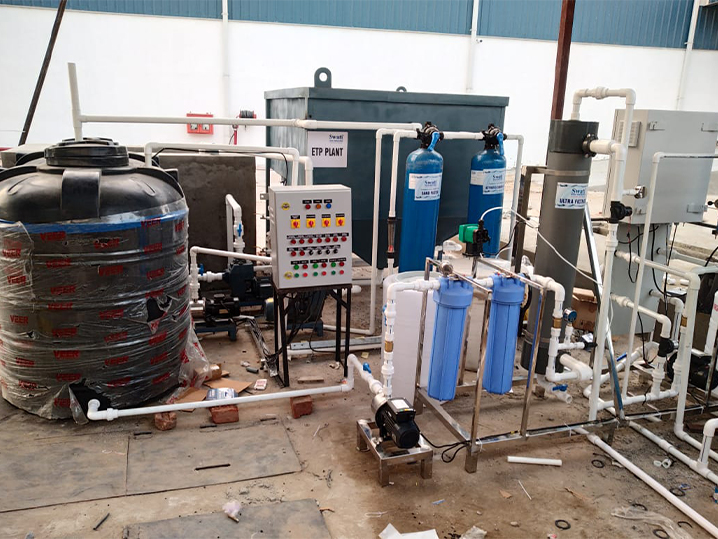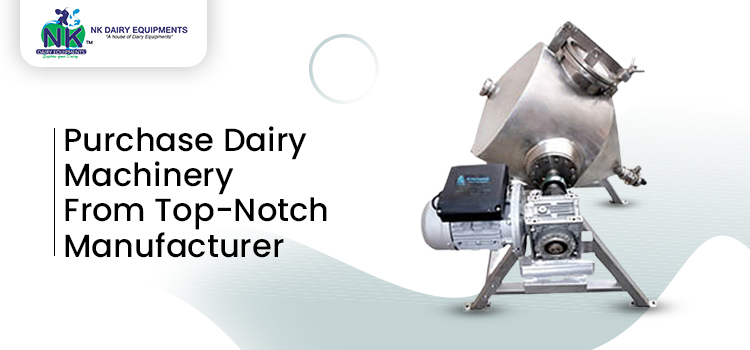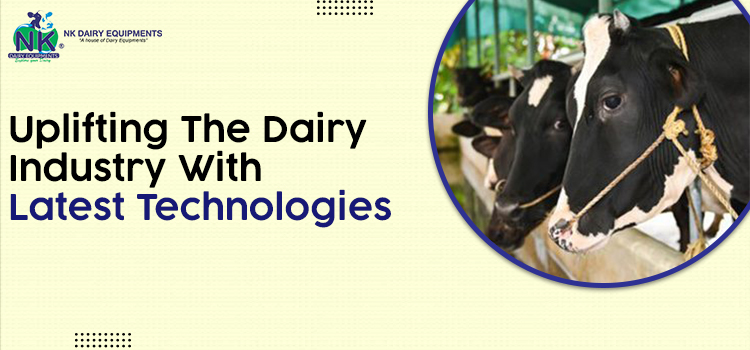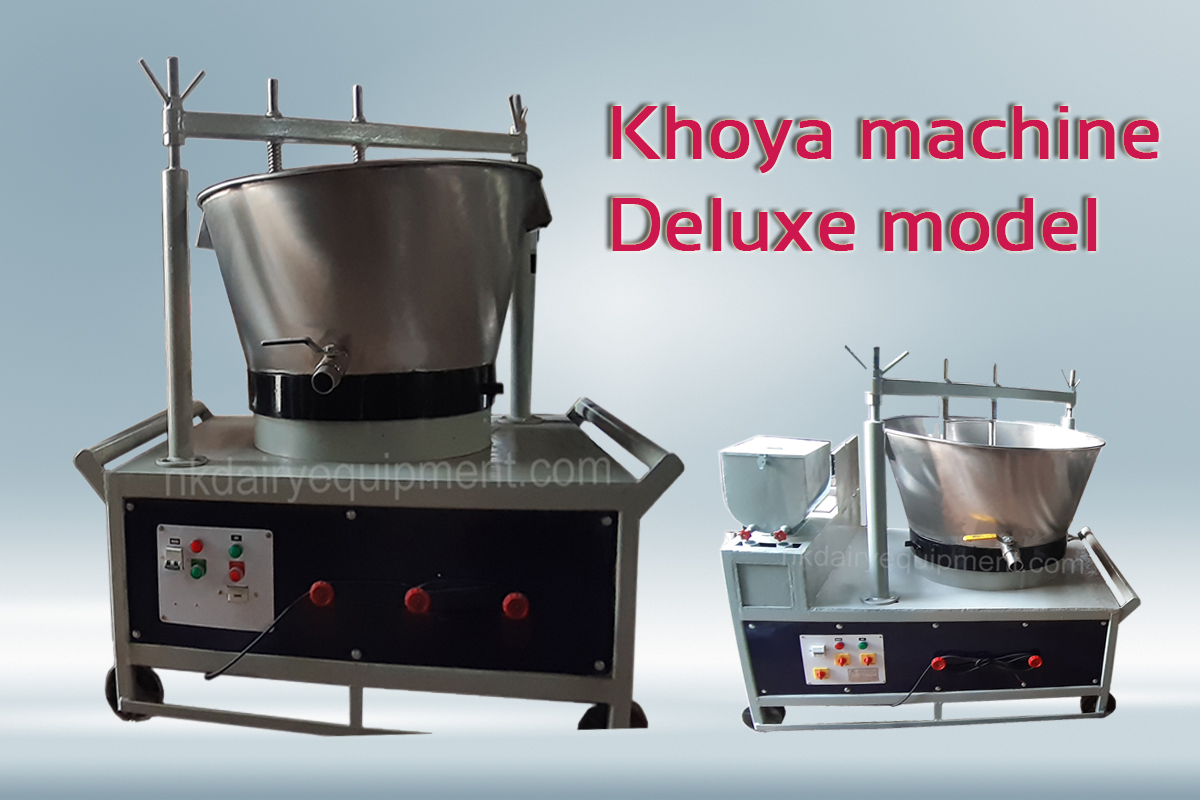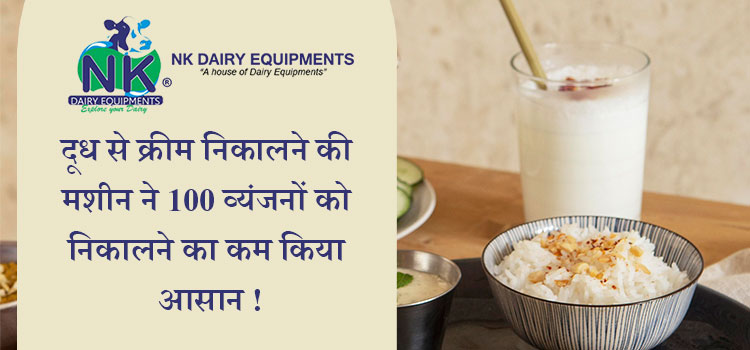Every industry is using technology appropriately for the mutual benefit of themselves and their customers. No matter if we are talking about the automobile or the dairy industry.
Yes, you heard it right. The dairy industry is also being transformed, and Dairy Equipment Manufacturers in India can do that with the latest technologies and integrations.
This post will discuss the top ways technology is transforming the dairy industry. If you are someone from the dairy industry or a technology enthusiast, then follow us until the end.
Top Ways Technology is Transforming The Dairy Industry
Technologies are being developed daily and integrated into the dairy industry, and all of them are being designed to make the procedures easier and results better. Let us discuss some of those top ways:
1- Khoya Making Machine:
If you belong to the dairy industry, then you must be aware of the hard process of making khoya, which is now being simplified with the help of the Khoya Making Machine.
With the help of this technology integration, you would have to add milk to the container, and the machine would do the rest of the process.
2- Ghee Plant:
Here is the second machine technology given to the dairy industry for transformation: the ghee plant. With the help of this vast plant, you could develop and pack ghee into separate sections, making the whole process of ghee creation easier.
Now you need to pack the ghee and sell it directly.
3- Milk Processing Plant:
Raw milk can get defective quickly if you are not warming or processing it correctly. However, with the help of a Milk Processing Plant, you could process a massive amount of milk within no time.
Hence, you also don’t have to worry about the milk getting defective.
4- Curd/Yogurt Machine:
Now making curd or yogurt out of milk has become easier than ever as curd machines have been developed in which you need to fill the milk, and the rest all the process is completed by the machine.
The best part is you could get homely-tasting curd/yogurt quickly.
5- Butter Churner:
Deriving butter out of milk is another challenging task that was manually done by the dairy industry. Still, with the help of a butter churner, you could get rid of all the manual tasks and get the butter out of the milk within 30 minutes.
This machine will firstly save a lot of time for the workforce that can be implemented on other tasks. Secondly, it saves a lot of money as well.
Conclusion:
That’s when they integrated and collaborated to develop the exceptional technological advancements mentioned above that will help dairy industries and firms grow at a better pace.



